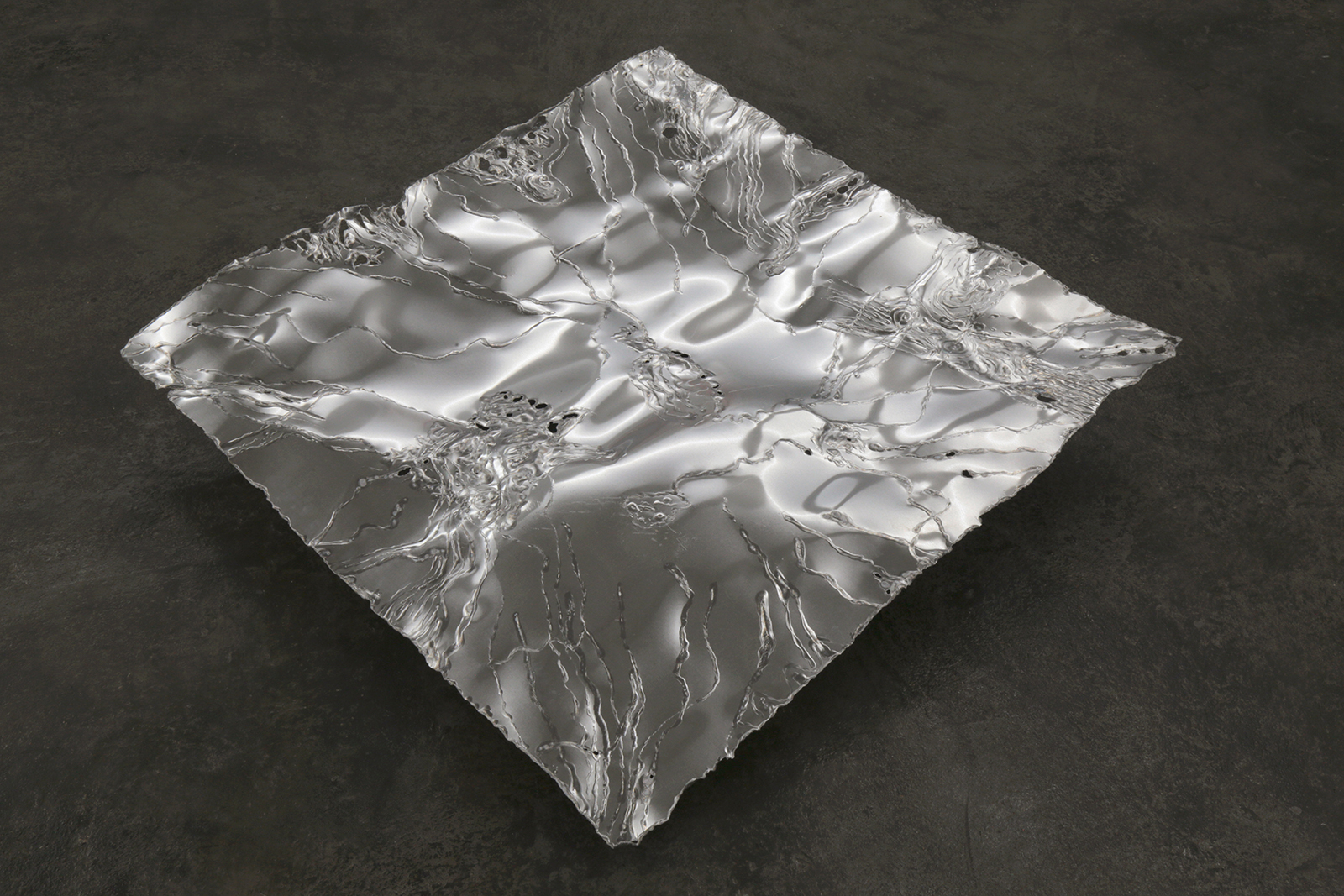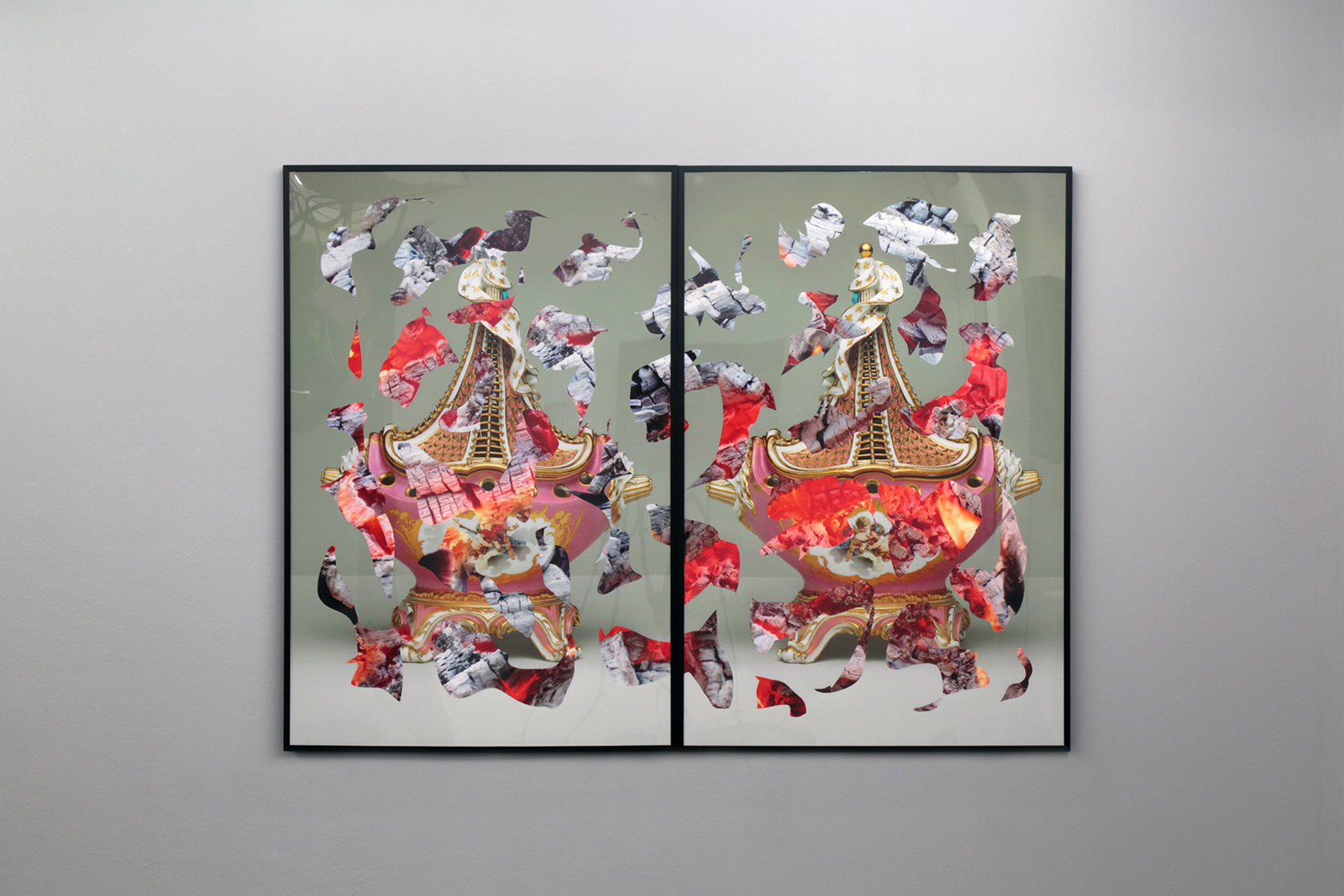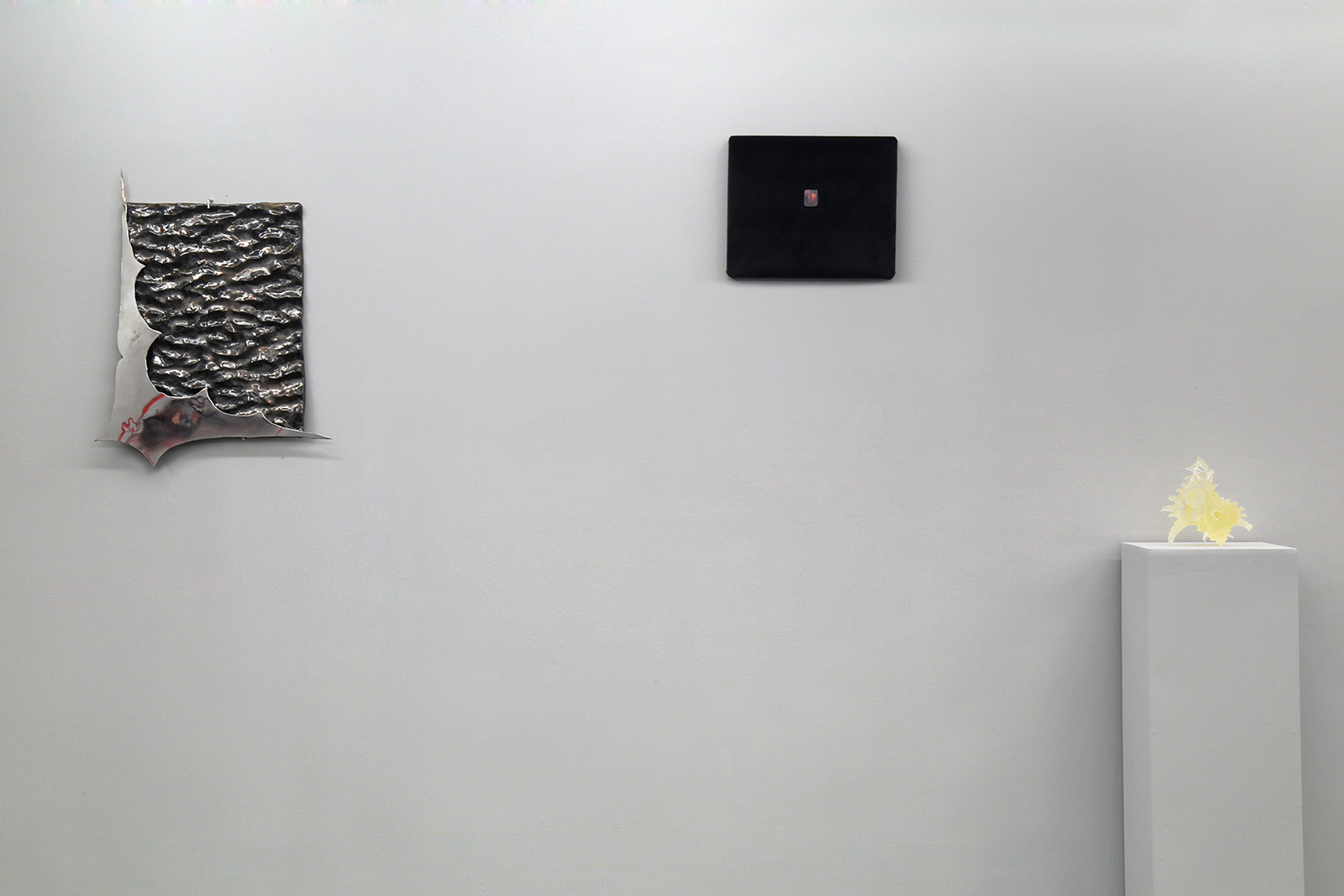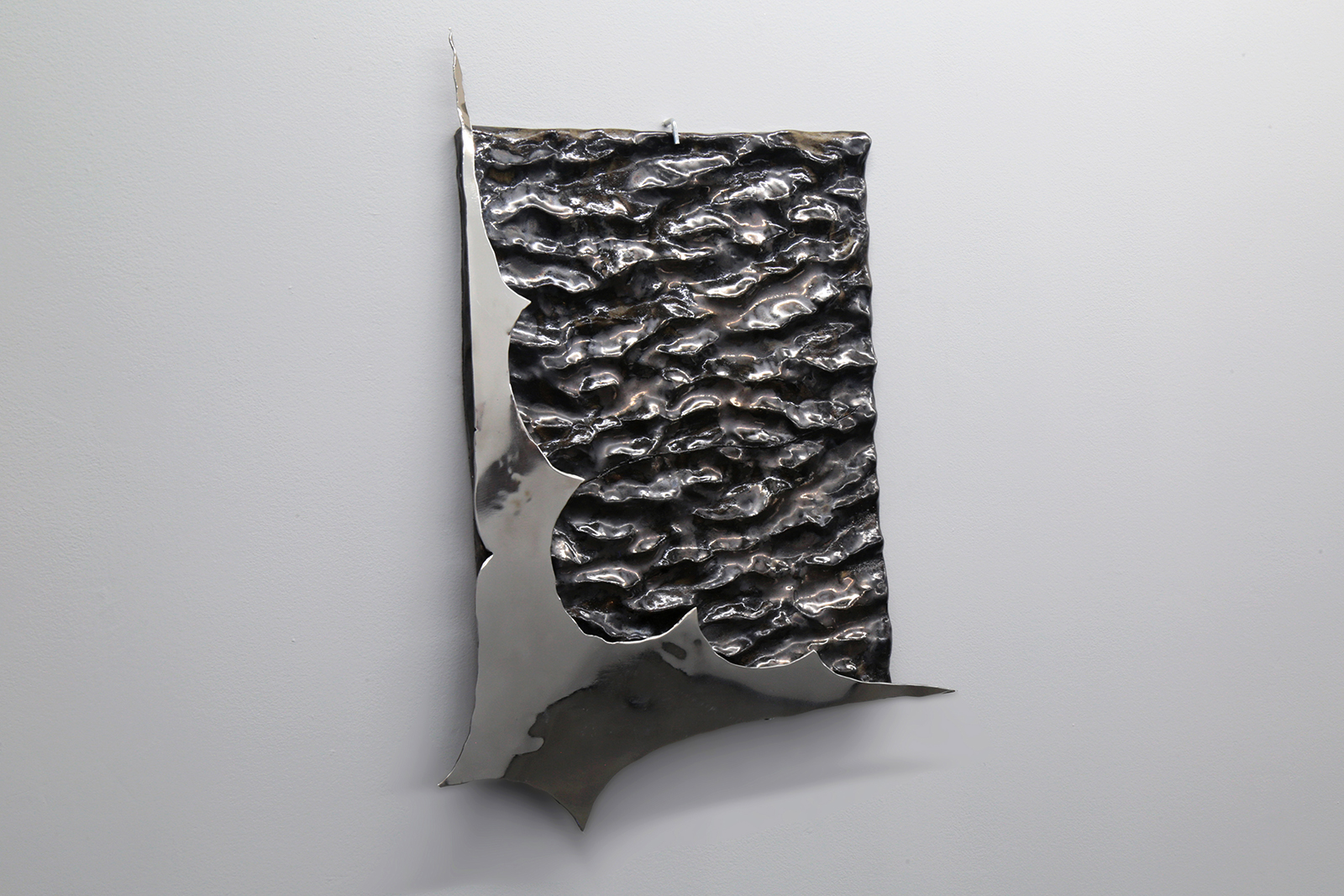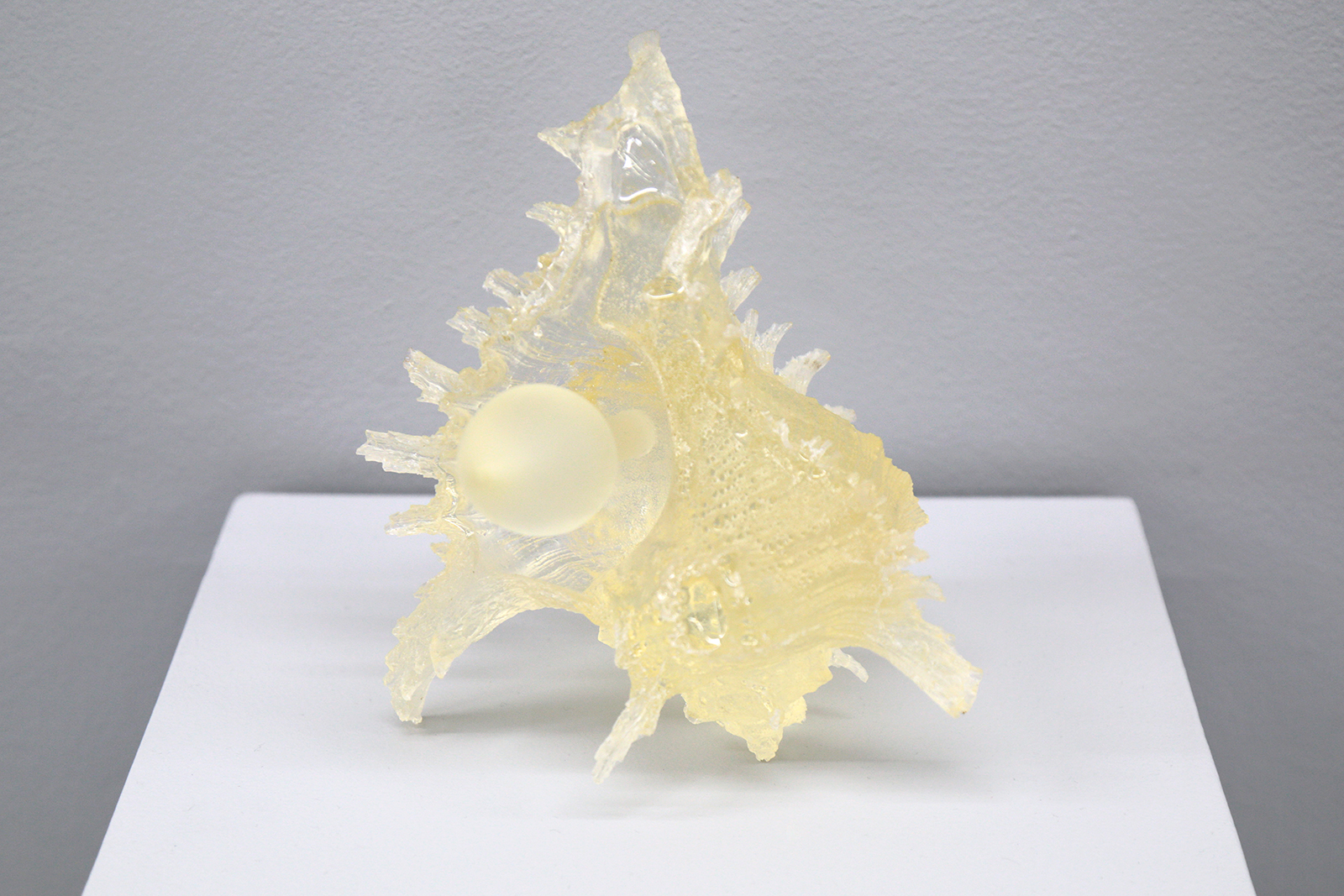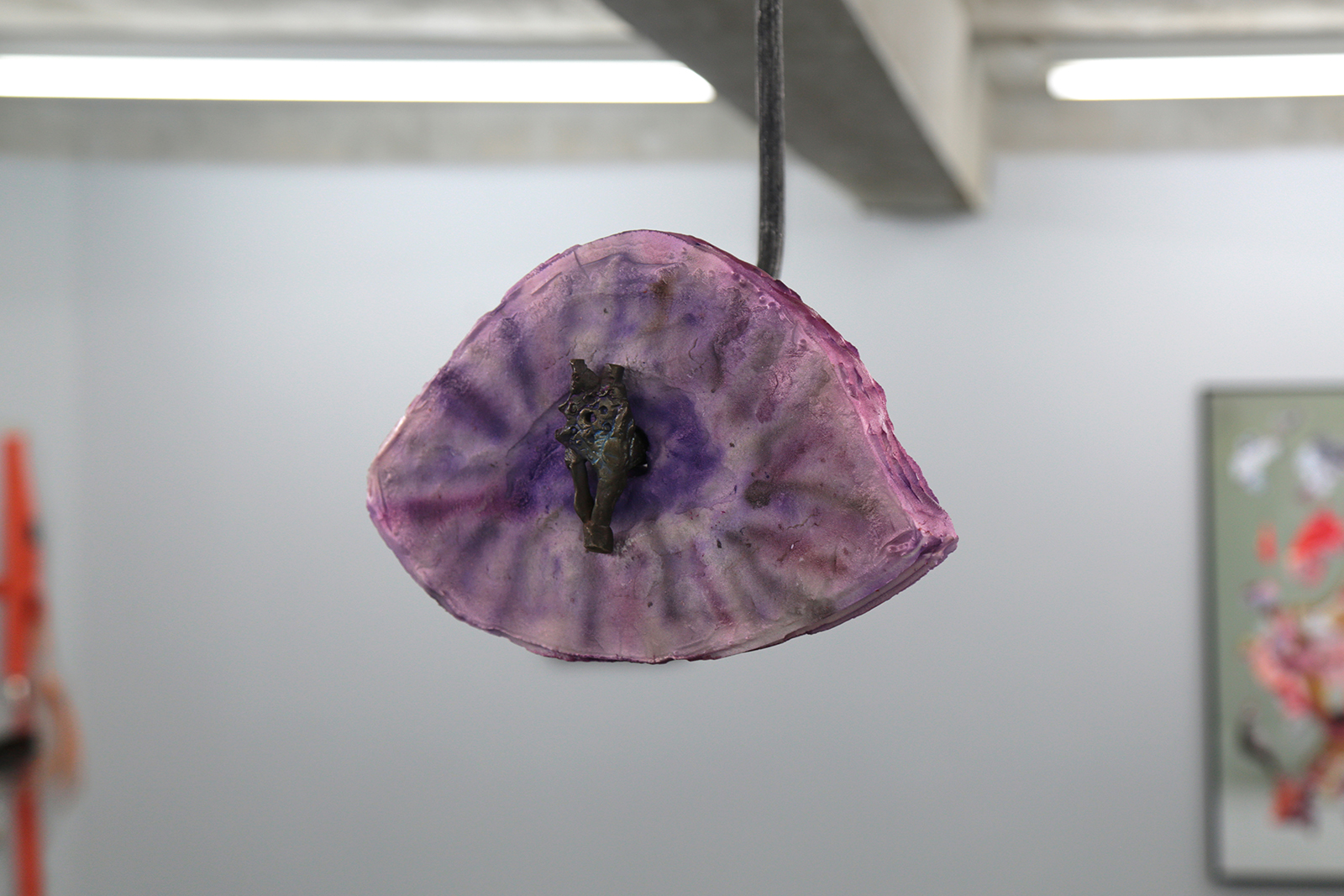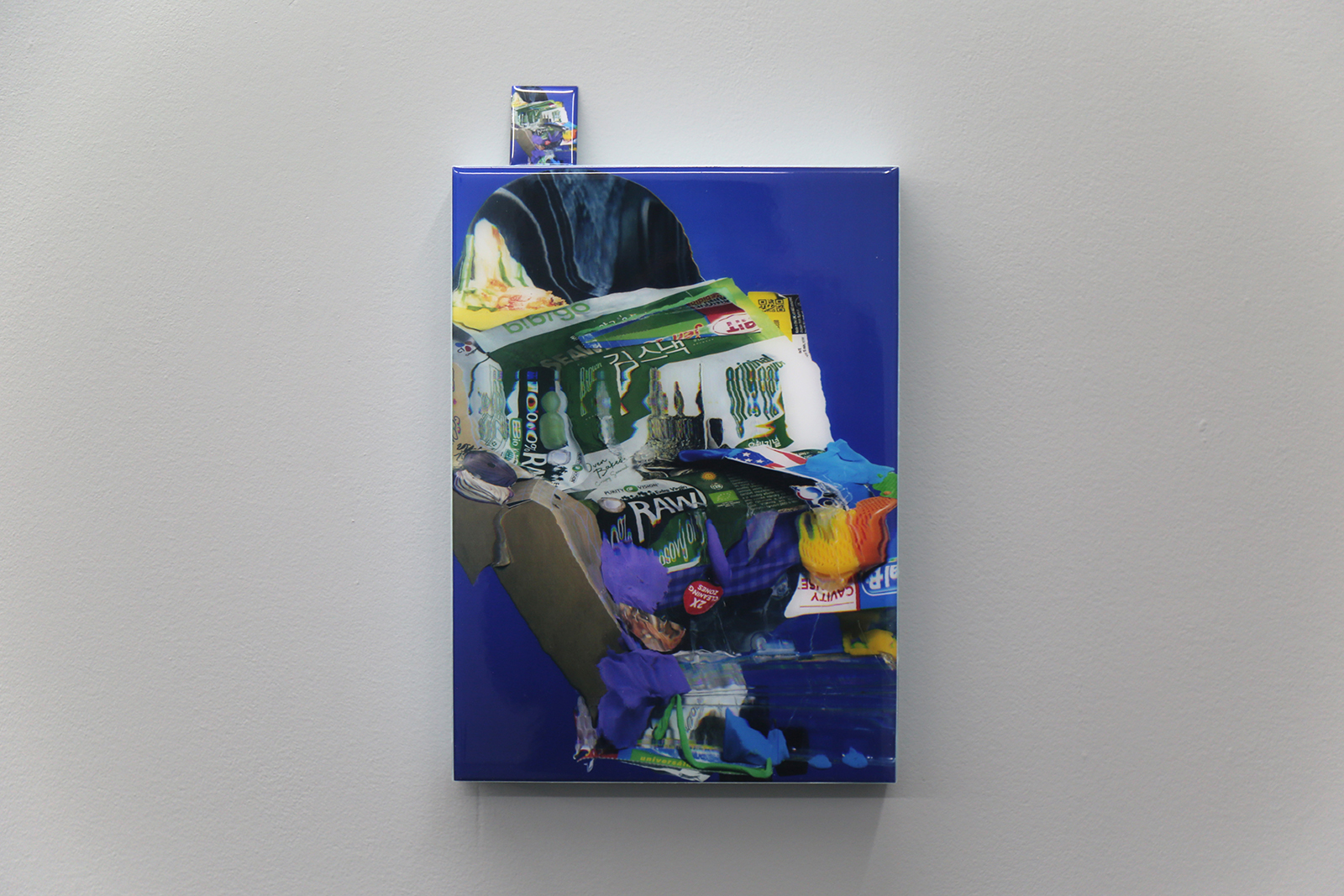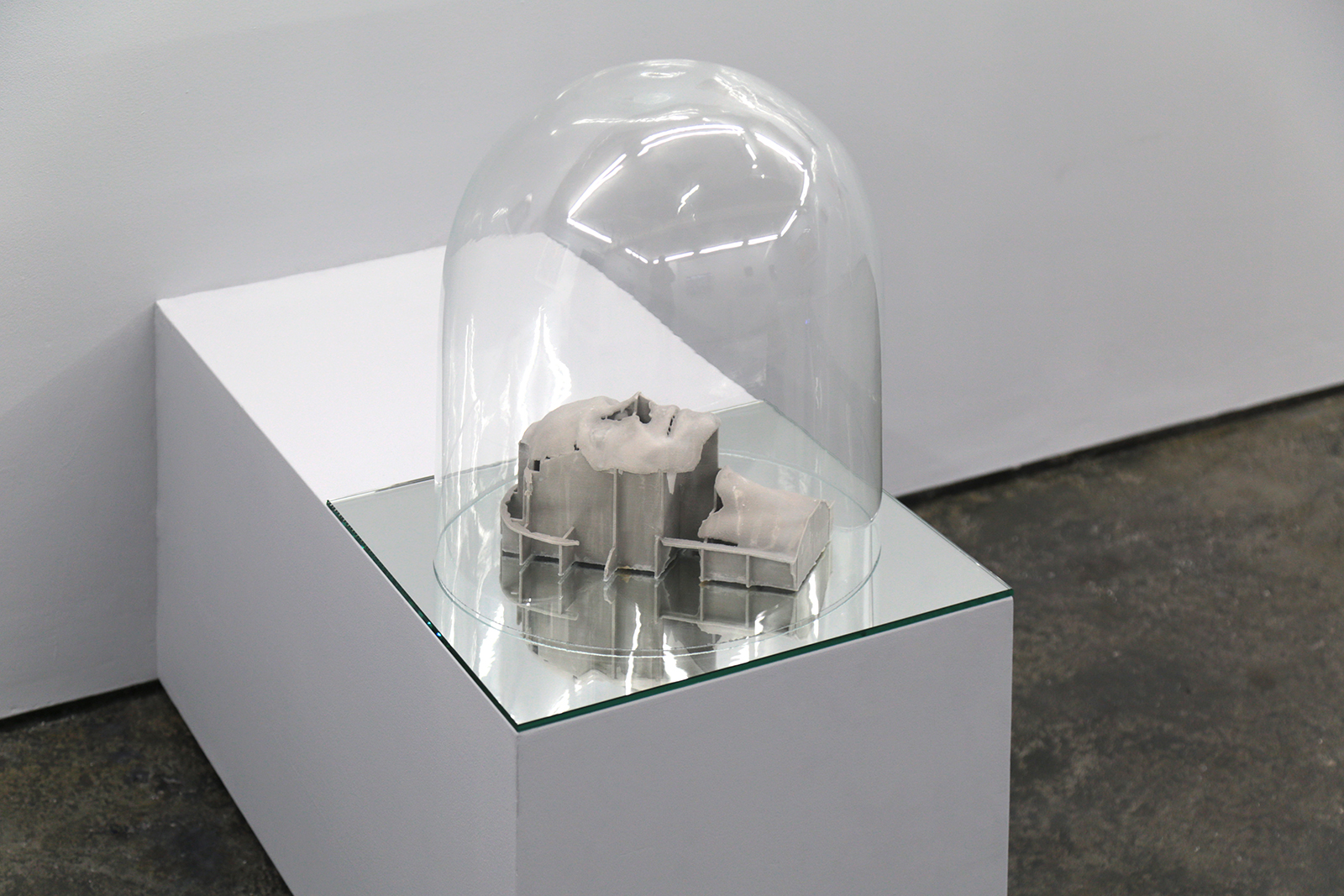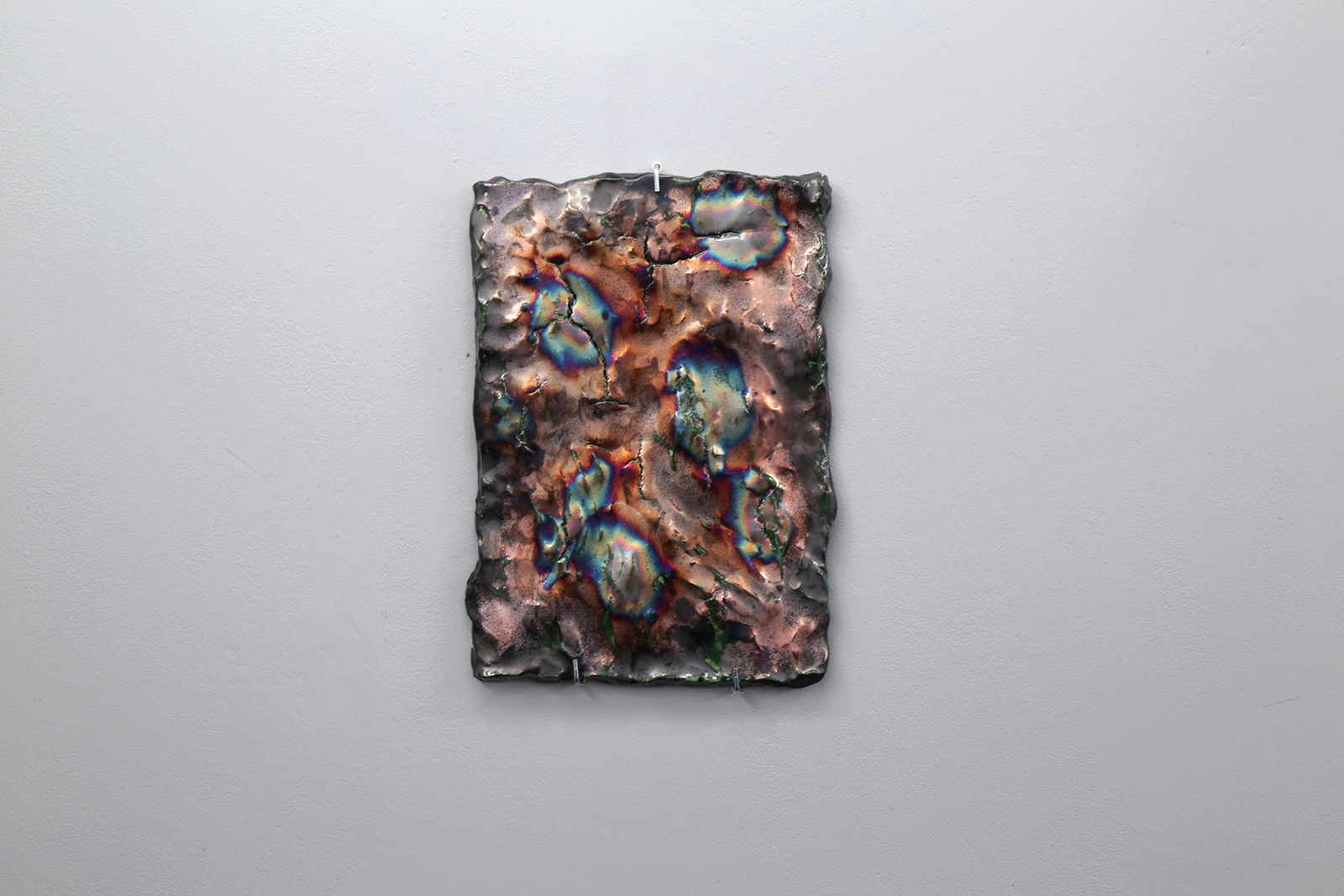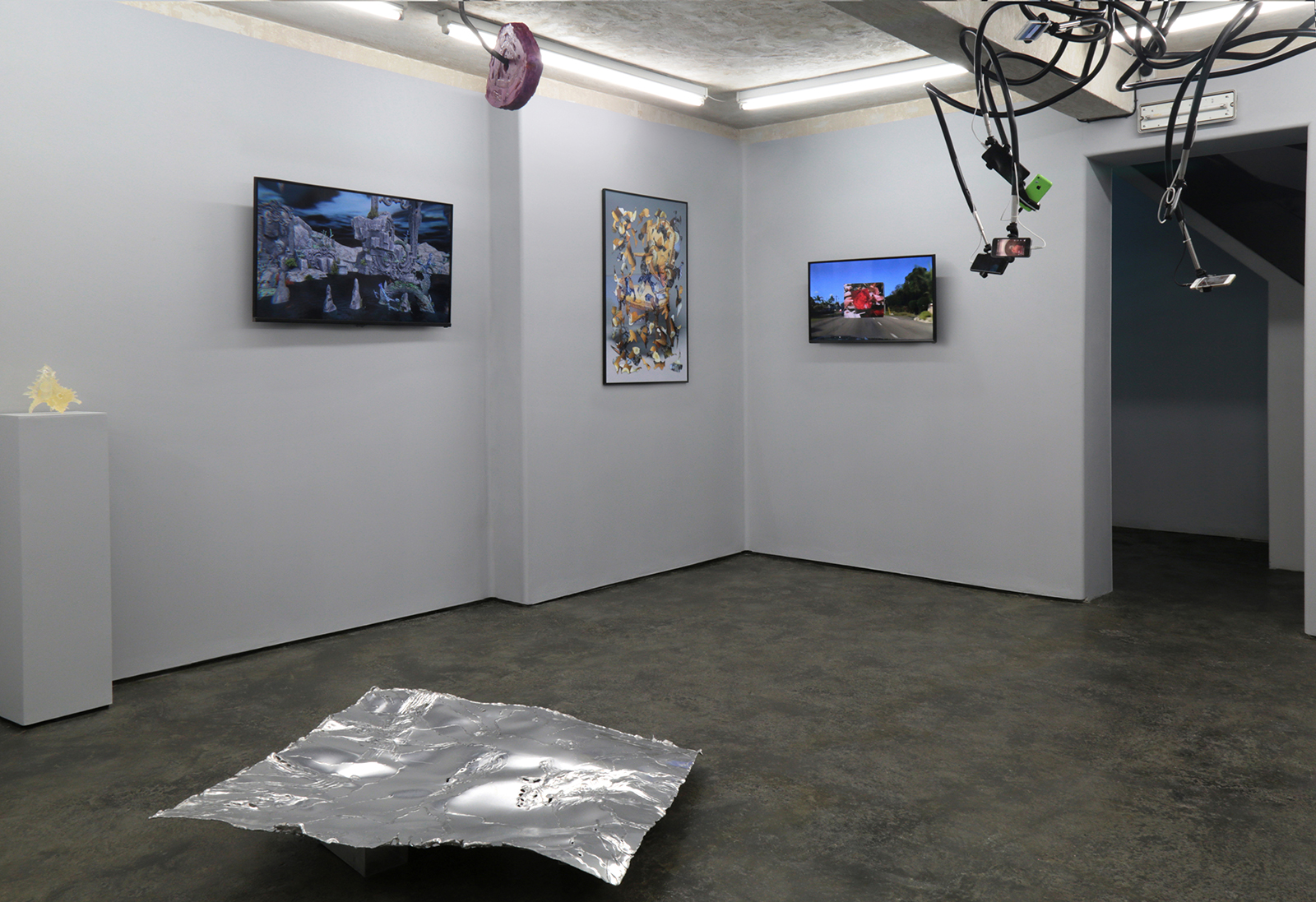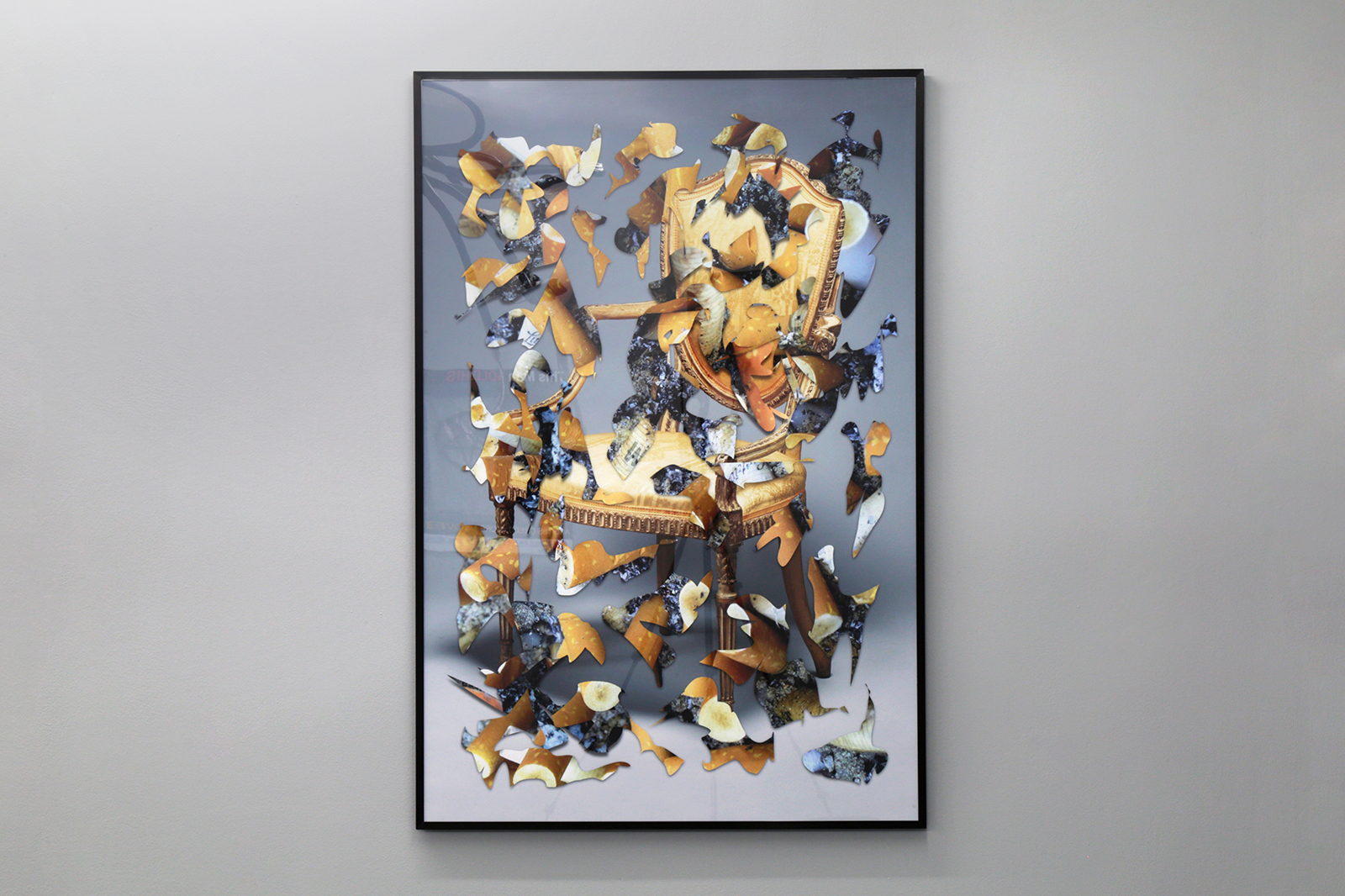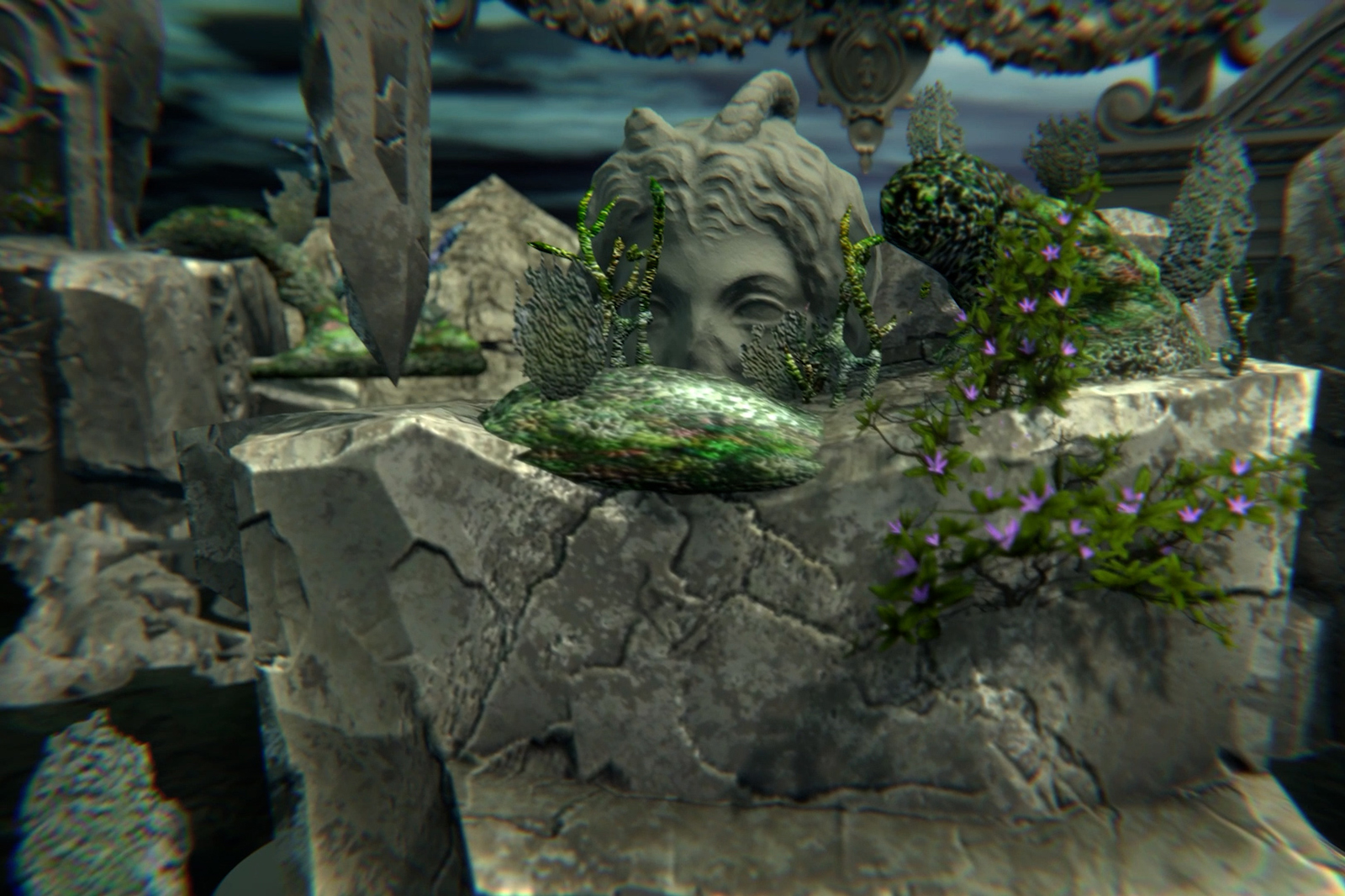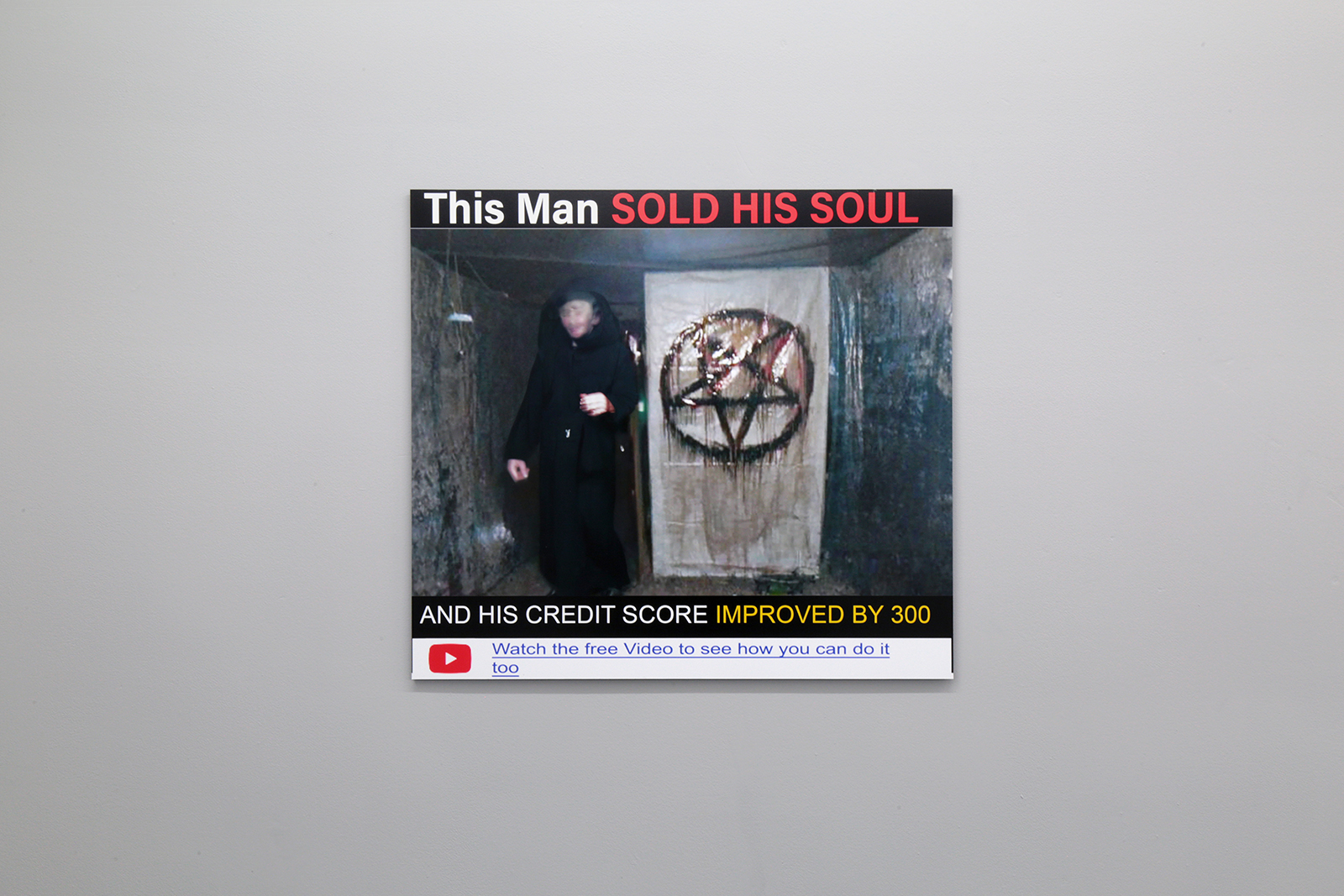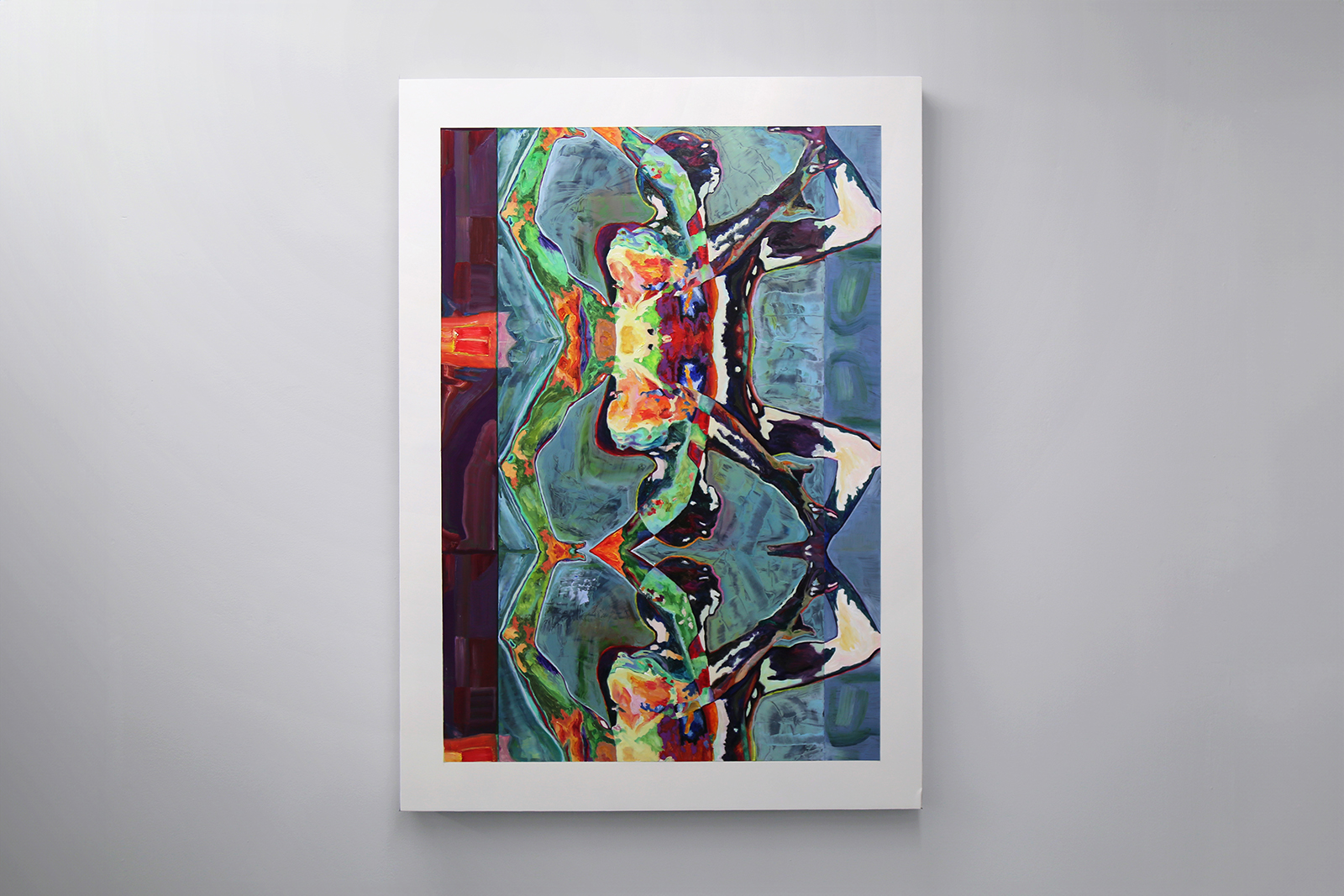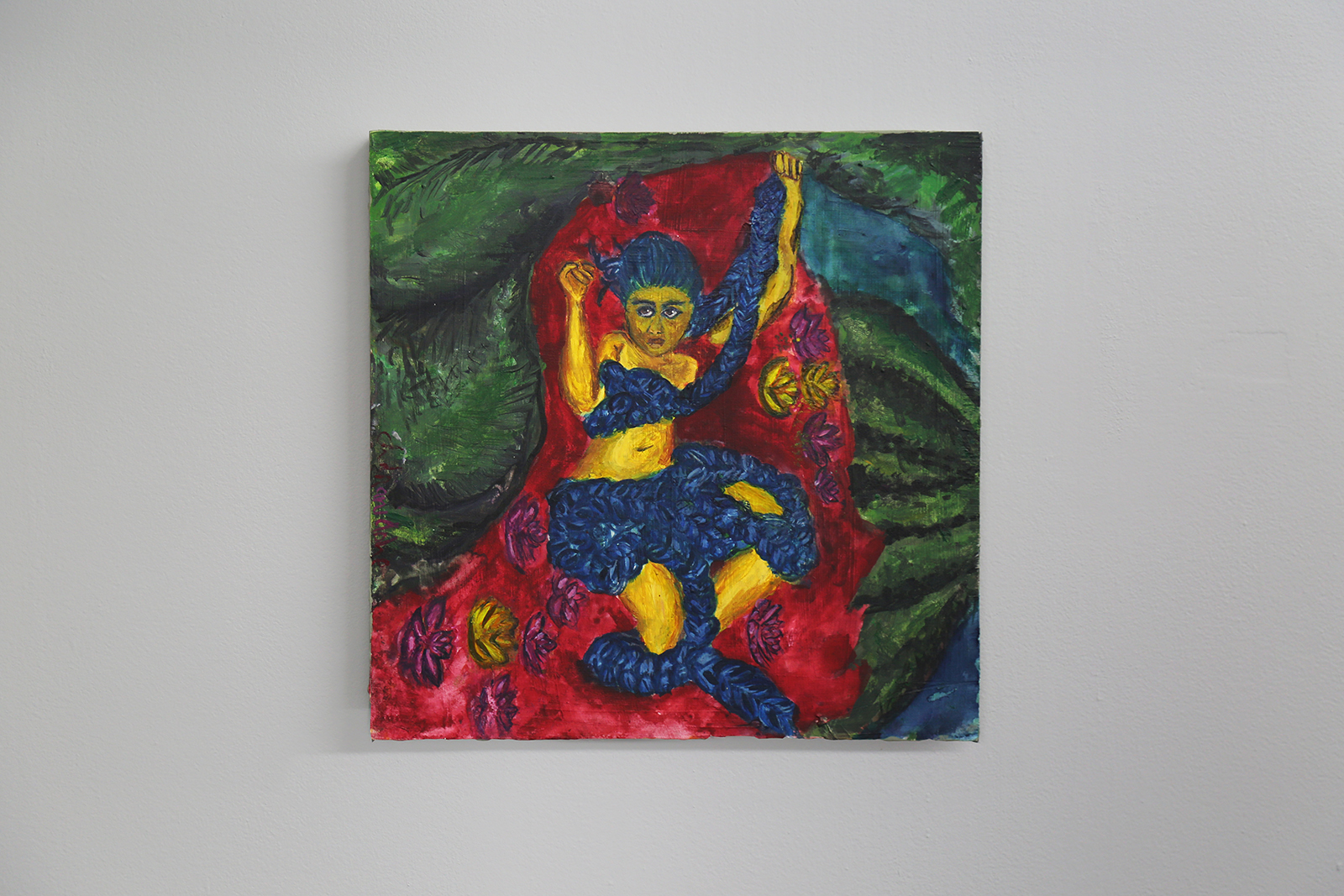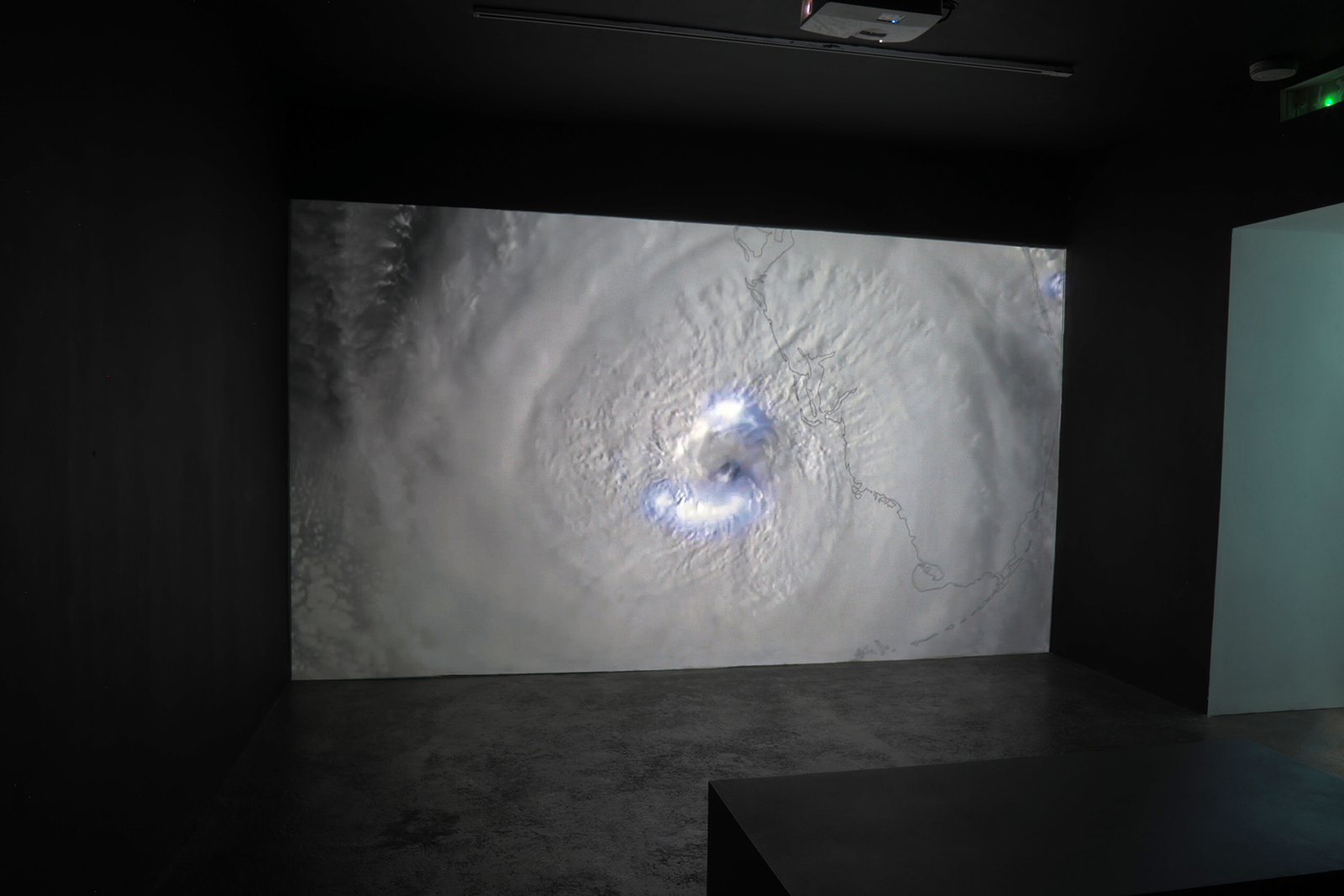
Gradient Descent
AI Selected Artists:
Karlina Mezecka / Melle Nieling / Eva Sbaraini / Polina Filippova / Johanna de Verdier / Maria Meyer / Romane Courdacher / Danny Pagarani / Jonathan Armour / Josh Wirz / Léa Porré / Aaron McCarthy / Petr Strouhal / Leon Simonis / Indrani Ashe / Migle Vycinaite
In collaboration with artist and creative technologist Jayson Haebich
2nd March– 14th April 2024
Gradient Descent is an experimental exhibition curated by a custom built machine learning algorithm. A pre-existing neural network image model was refined with training on a dataset of 725 documentation images from all the previous artworks, exhibitions and projects that have been shown at Gossamer Fog in its eight year history. In collaboration with artist and creative technologist Jayson Haebich we have created a tool capable of analysing the 465 submissions that we received through our open call, which were then scored based on how well they corresponded with the average aesthetic of the gallery and original dataset. Consequently, the neural network was able to discern the most fitting artworks for inclusion in this show and selected 21 works from 16 artists.
The title of the show, Gradient Descent, comes from the name given to an algorithm for unconstrained mathematical optimization, most commonly used in training neural networks and machine learning models. It is a first-order algorithm that tweaks its parameters iteratively to numerically estimate where a function outputs its local minimum. The algorithm repeatedly takes steps in the opposite direction of the function’s gradient, with additional training data increasing learning over time, essentially acting as a barometer, analysing its accuracy with each update and iteration of the parameters.
Gradient Descent provokes ethical and philosophical questions on the way in which technology, especially AI, shapes artistic expression and the curator's pivotal role in shaping collective narratives. Curators could be perceived to already work in an automated and formulaic fashion, blindly selecting artists based on aesthetic fashions and conforming to industry trends. Can curatorial practice be truly automated? Can we create meaning from artificial artistic reflections, approximations and speculations, or are we descending into an artificial hell of meaningless auto-generated content? A meaningful meaninglessness entrenched in a system of ‘intelligent’ mulch, reducing what we may see has human ingenuity and creativity, into a repurposed and rearranged visual and linguistic trickery. The AI algorithm engaged in a process of decision-making amidst uncertainty and ambiguity, creating a mere illusion of meaning, constructed within the labyrinthine pathways and hidden layers of the neural network.
This hallucinatory curatorial synthesis resulted from digressive regression on an amalgamated aesthetic; an algorithmic approximated truth. However despite the system only basing its selection on pixel data, conceptual connections and thematic links to previous Gossamer Fog shows are apparent, highlighting a somewhat successful execution of the AI curatorial process. From critical explorations of internet cultures in clickbait culture, image weaponization and social media influencers, to fluid identities in post digital landscapes; philosophies of the more-than-human combine with symbiosis, parthenogenesis and biotechnological tools to create speculative realities where magic, myth and manifest within an uncanny replica of reality. The human mind makes sense of the senseless, filling in the relative conceptual gaps between a mysterious sunken palace in a true baroque fantasy, surrounded by demonised indigenous spirits who have become vengeful ghosts that haunt the surrounding forest, as tornadoes whip past and weather data processing goes haywire. We are now falling down the apophenian rabbit hole, generating reality through intelligent imagination and an artificial mind’s eye.


